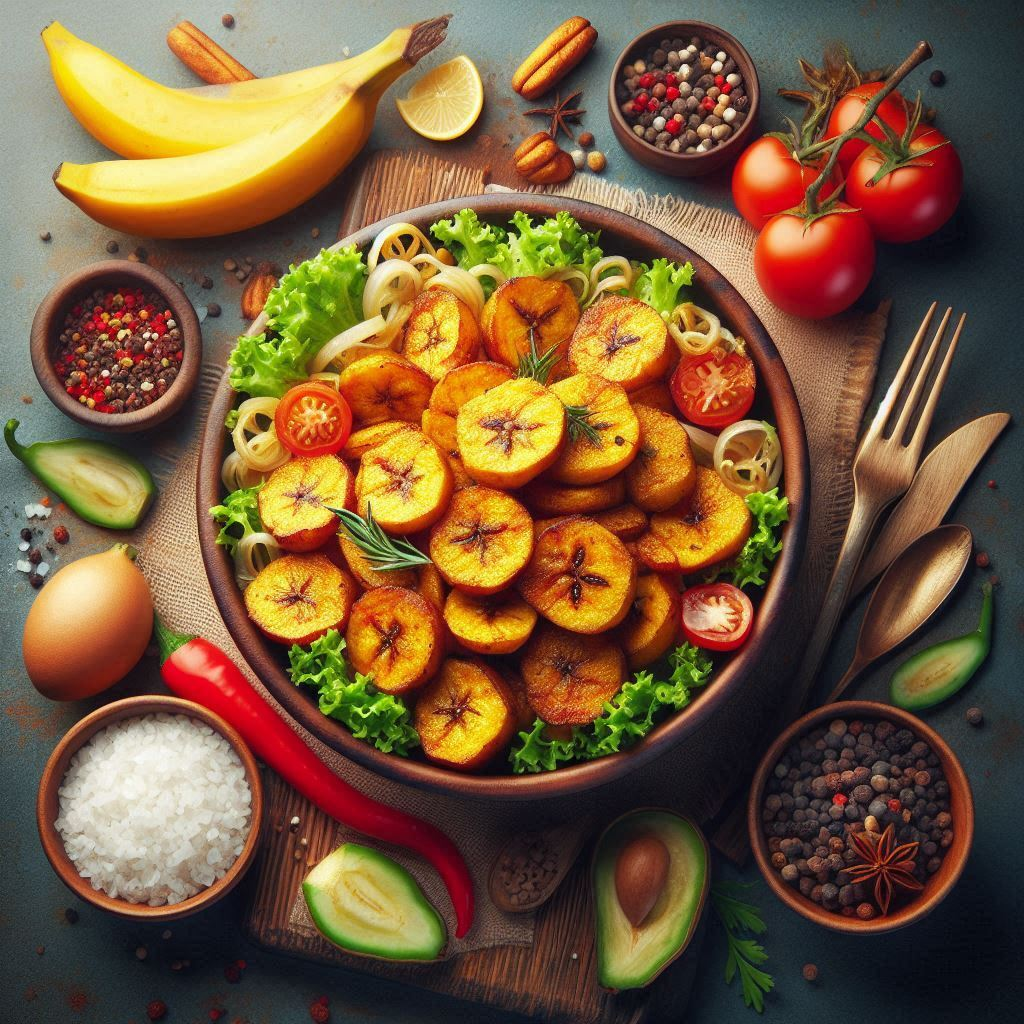
A Journey Through Time: The Story of Fried Plantains
Fried plantains, or tostones as they’re known in many Latin American countries, are more than just a delicious side dish. They’re a testament to the ingenuity and resourcefulness of our ancestors, a culinary tradition passed down through generations, and a vibrant symbol of cultural heritage.
From the Caribbean to the World:
The story of fried plantains begins with the plantain, a starchy fruit that thrives in tropical climates. Its origins can be traced back to Southeast Asia, where it was cultivated for centuries before making its way to the Americas with the arrival of Christopher Columbus in the 15th century.
In the Caribbean, the plantain quickly became a staple food, its versatility making it a valuable resource for both indigenous populations and European colonists. The Taino people, the original inhabitants of the Caribbean, were already familiar with the plantain, using it in various dishes. The Spanish, however, introduced the frying technique, transforming the humble plantain into a culinary masterpiece.
A Culinary Masterpiece:
Fried plantains are a simple dish, yet their preparation demands a certain level of skill and finesse. The secret lies in the maturity of the plantain and the frying technique.
Green plantains, still firm and unripe, are ideal for tostones. They are sliced, then flattened with a plantain masher or a heavy object like a plate. The flattened slices are then fried until golden brown and crispy, often seasoned with salt and a touch of garlic.
Ripe plantains, with their sweet and slightly tangy flavor, are perfect for maduros. They are sliced and fried until caramelized and soft, often drizzled with honey or molasses.
Beyond the Basics:
Fried plantains are a versatile dish that can be enjoyed in countless ways. They can be served as a side dish alongside stews, rice, or beans. They can also be incorporated into salads, sandwiches, or wraps.
In some regions, fried plantains are even used as a base for other dishes. For example, in Puerto Rico, they are often used to create mofongo, a savory dish made with fried plantains mashed with garlic, olive oil, and pork cracklings.
A Culinary Heritage:
Fried plantains are more than just a delicious food; they are a cultural symbol. They represent the resilience and adaptability of the people who have made them a part of their culinary heritage. From the bustling streets of San Juan to the vibrant markets of Havana, fried plantains are a reminder of the rich and diverse culinary traditions of the Caribbean and Latin America.
So next time you enjoy a plate of fried plantains, take a moment to appreciate the history and tradition behind this simple yet delicious dish. It’s a story of ingenuity, cultural exchange, and the enduring power of food to bring people together.



